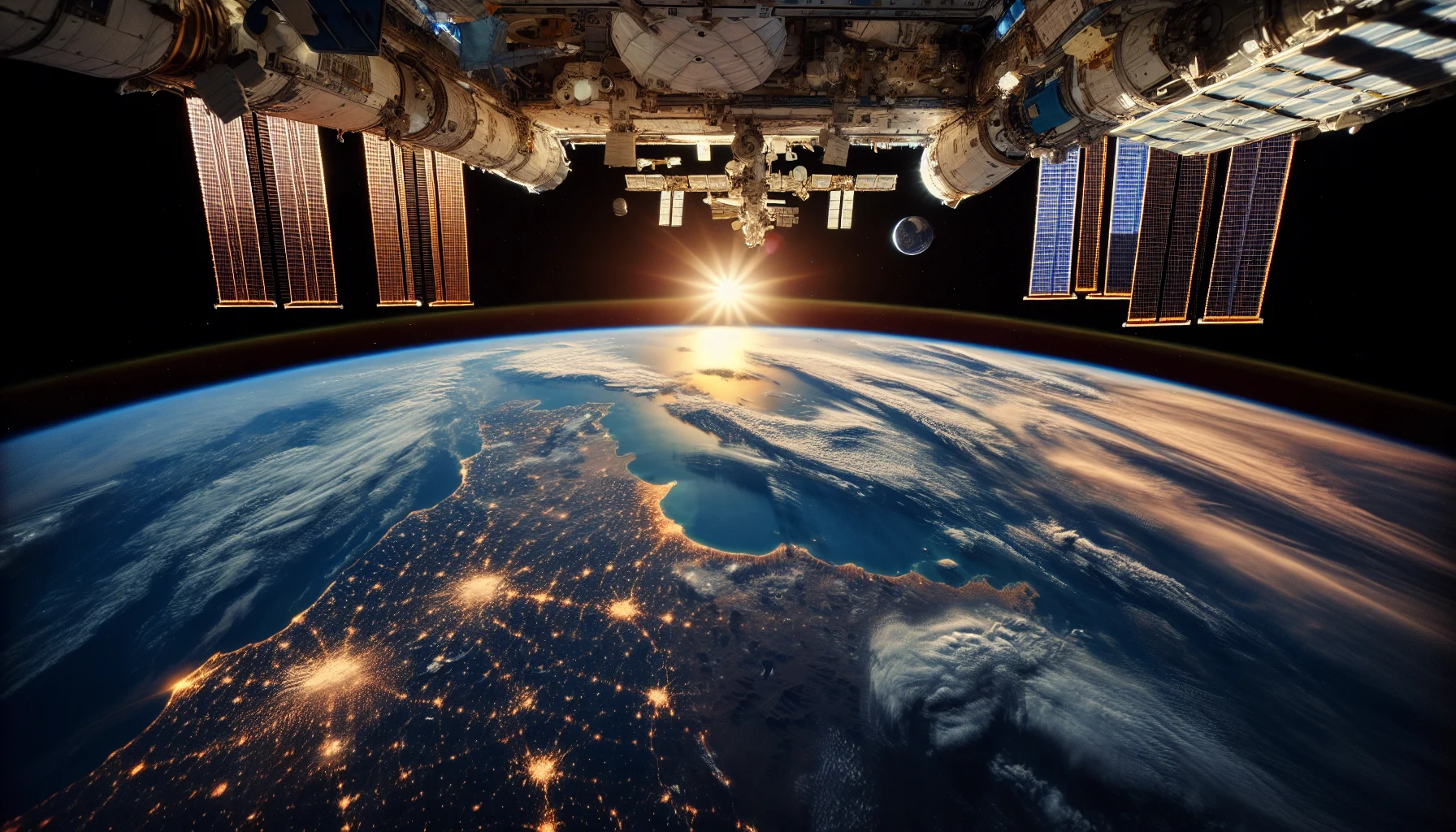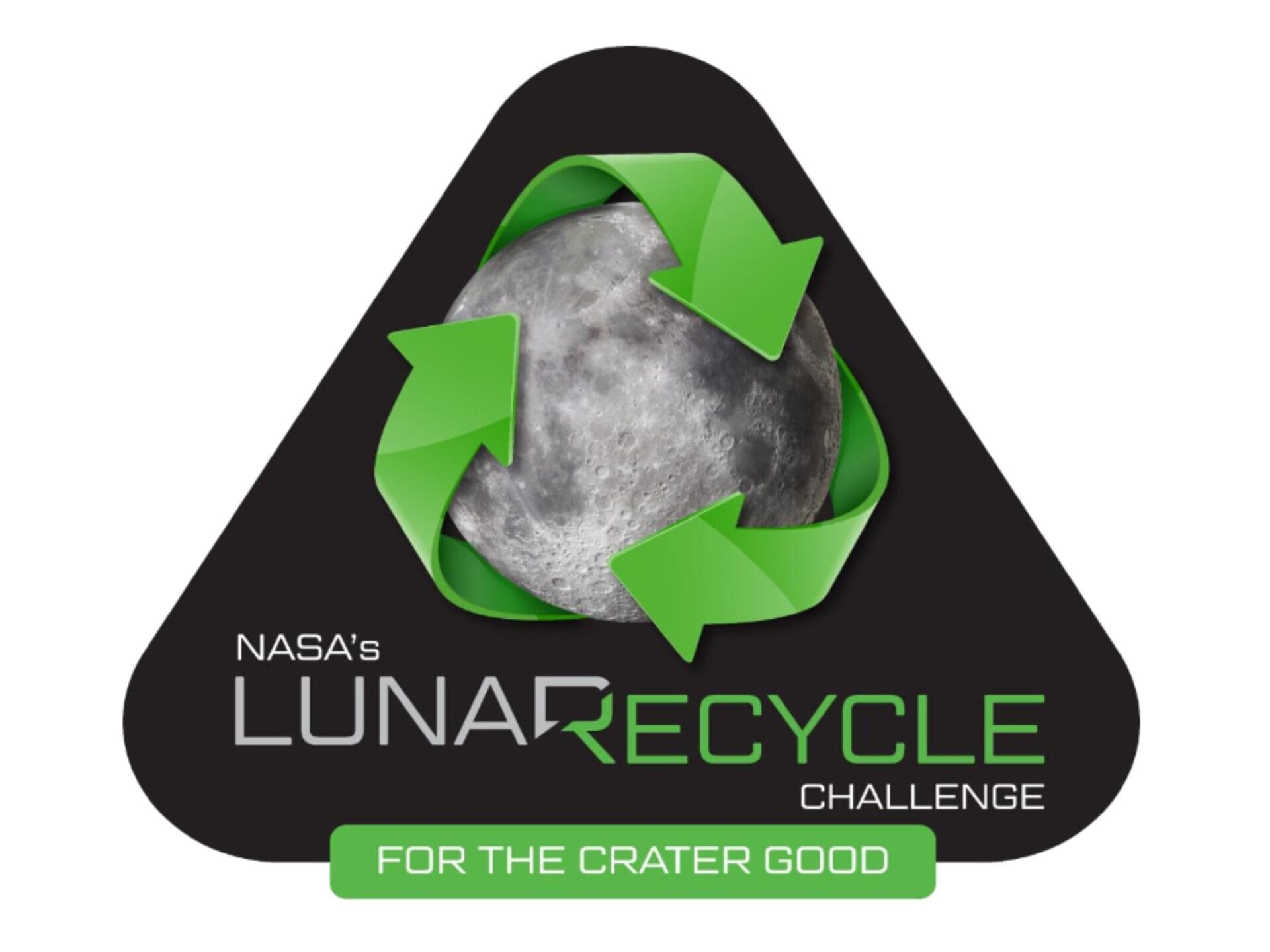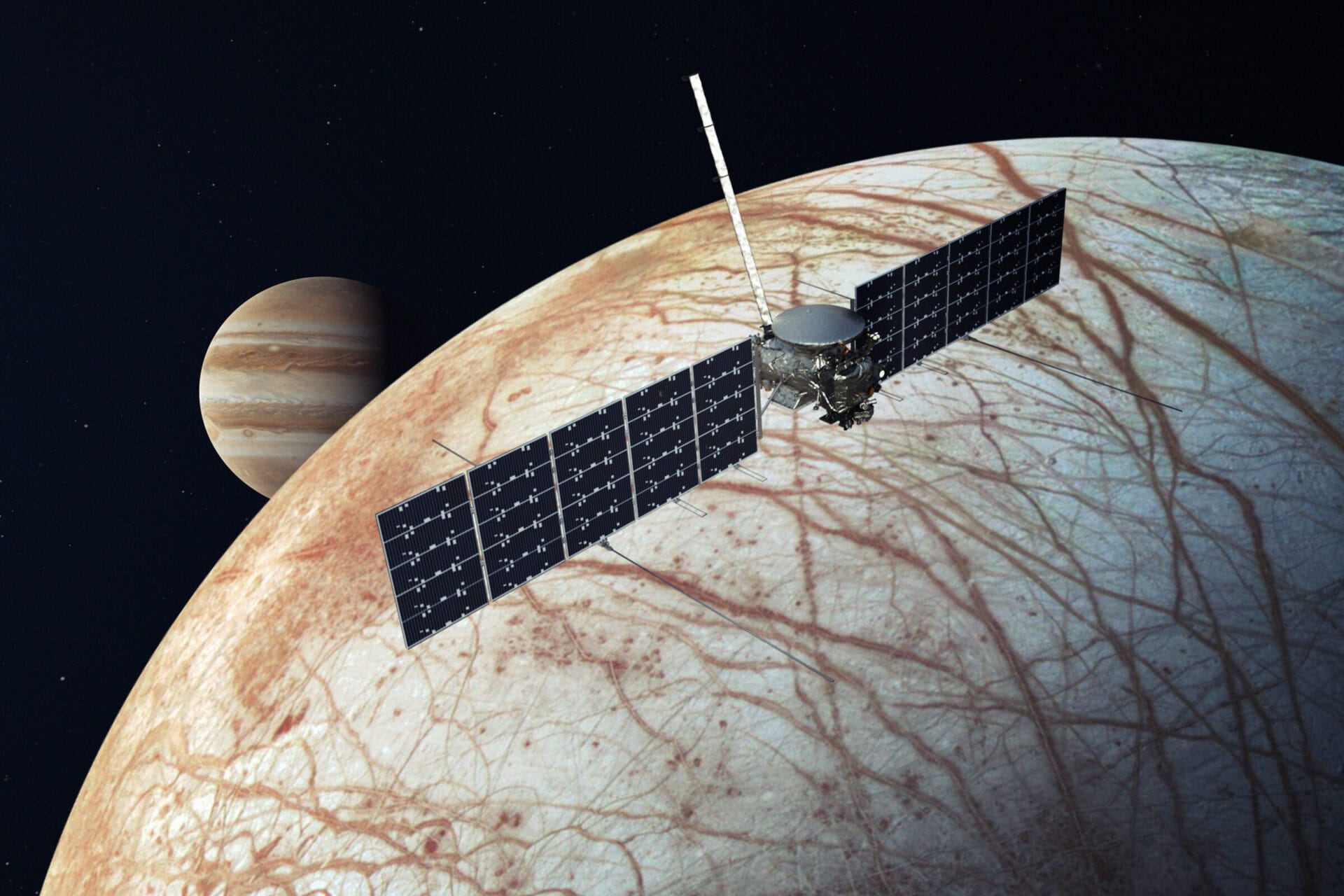NASA has been on Twitch since 2019, showcasing events such as the Starliner Crew Flight Test and building a follower count of over 1.3 million. However, they have never done a live broadcast from the International Space Station (ISS) until now. On February 12, 2025, at 5:45 PM CET (11:45 AM EST), NASA will conduct its very first Twitch livestream from the ISS. This was revealed on February 5 on the agency’s official website.
Engaging a New Audience
In addition to Twitch, NASA also streams live events on its own service, NASA+. The purpose of the ISS livestream on Twitch is to connect with a younger, more tech-savvy audience and inspire interest in space exploration. This effort is a part of NASA’s larger plan to enhance its digital footprint. Moving forward, the agency intends to provide unique content on the platform more frequently. Brittany Brown, who is the Director of the Digital Communications and Technology Division at NASA Headquarters in Washington, expressed her views on the project:
“This Twitch event from space is just the beginning. We had discussions with digital creators at TwitchCon about what they want from streams made for their communities, and we listened. Besides our spacewalks, launches, and landings, more Twitch-exclusive streams will be offered, like this one. Twitch is one of many digital platforms we utilize to connect with new audiences and ignite their excitement about everything space-related.”
The Hosts and Content
The livestream will be hosted by astronaut Don Pettit, who will transmit directly from the ISS. A seasoned veteran of multiple ISS missions, he is famous for his experiments involving liquids in zero gravity. He will be accompanied by NASA astronaut Matt Dominick, who will assist from a studio on Earth. Viewers will have the opportunity to ask questions and discover more about life and research aboard the space station. The stream will also highlight citizen science projects and initiatives focused on STEM funding.
Source:
Link







